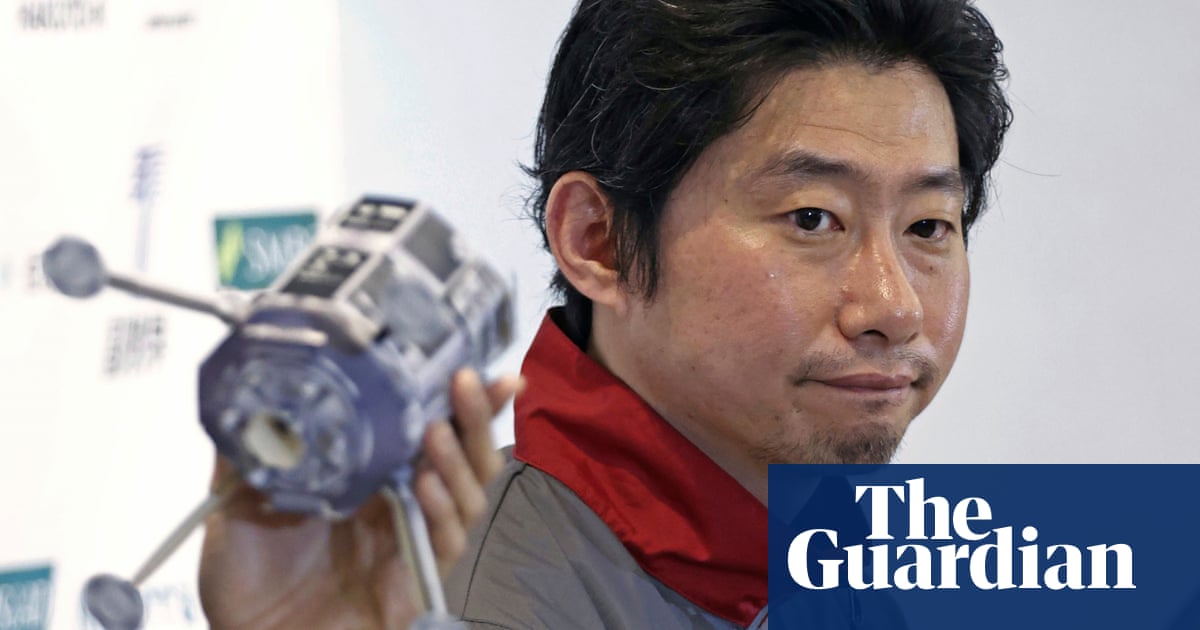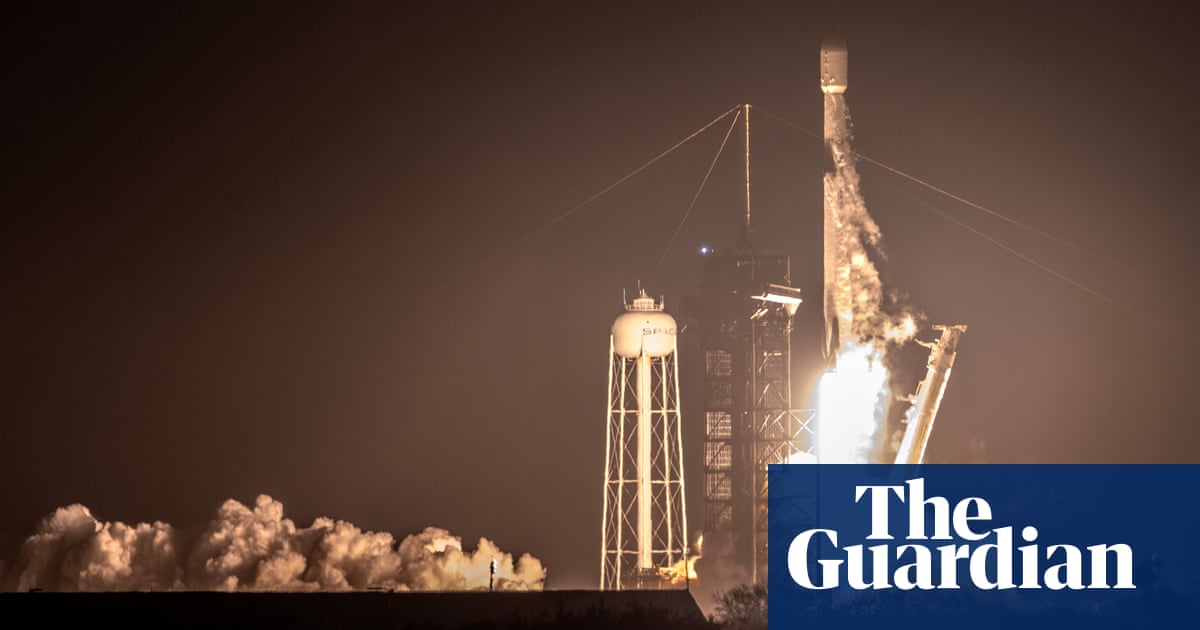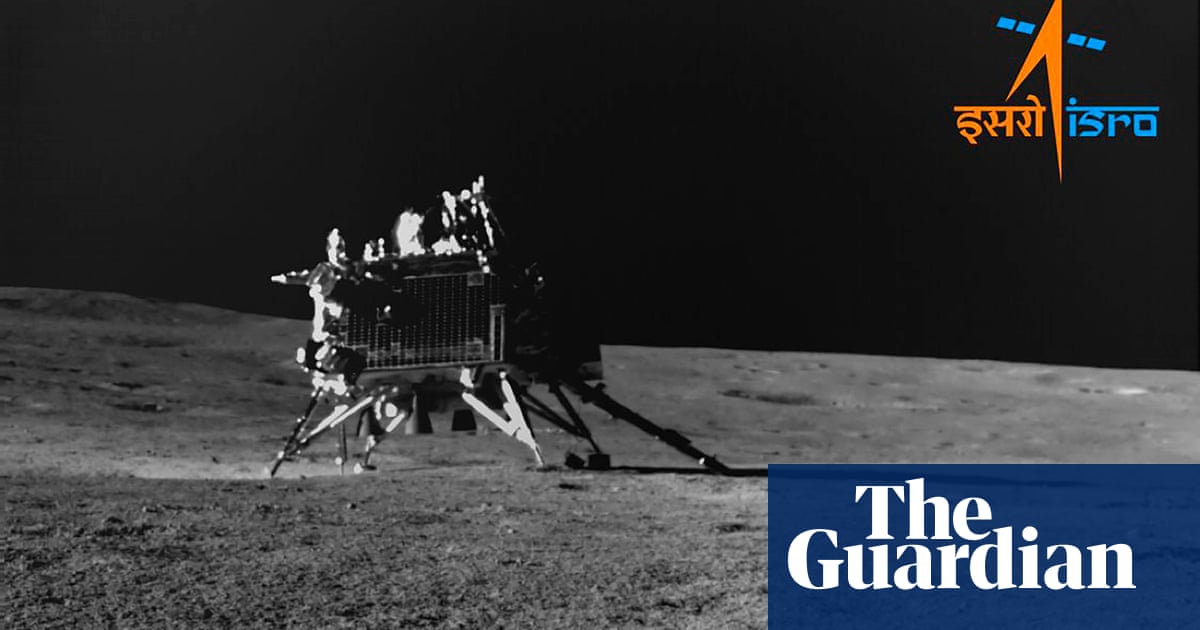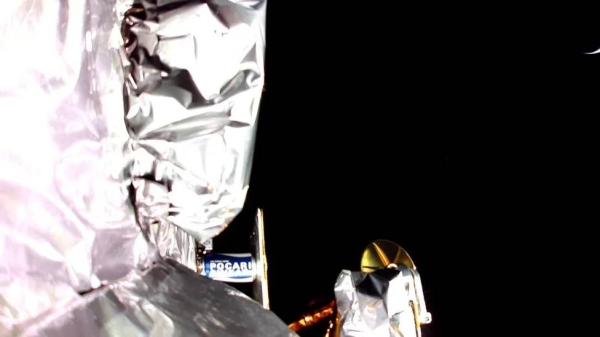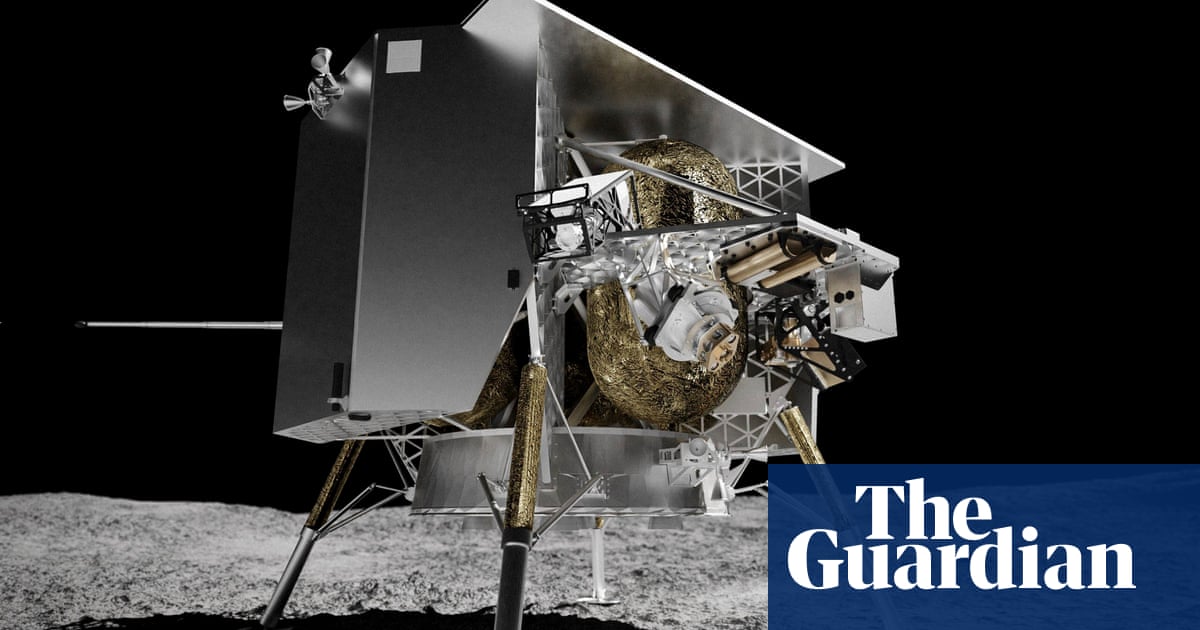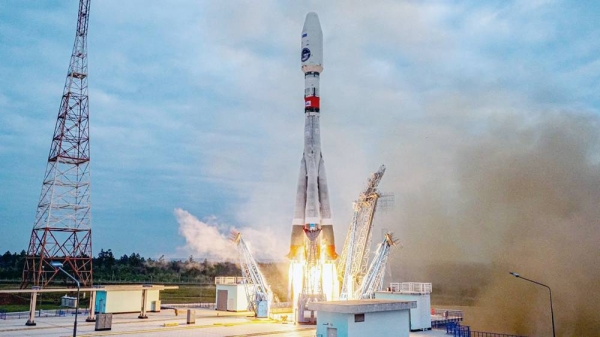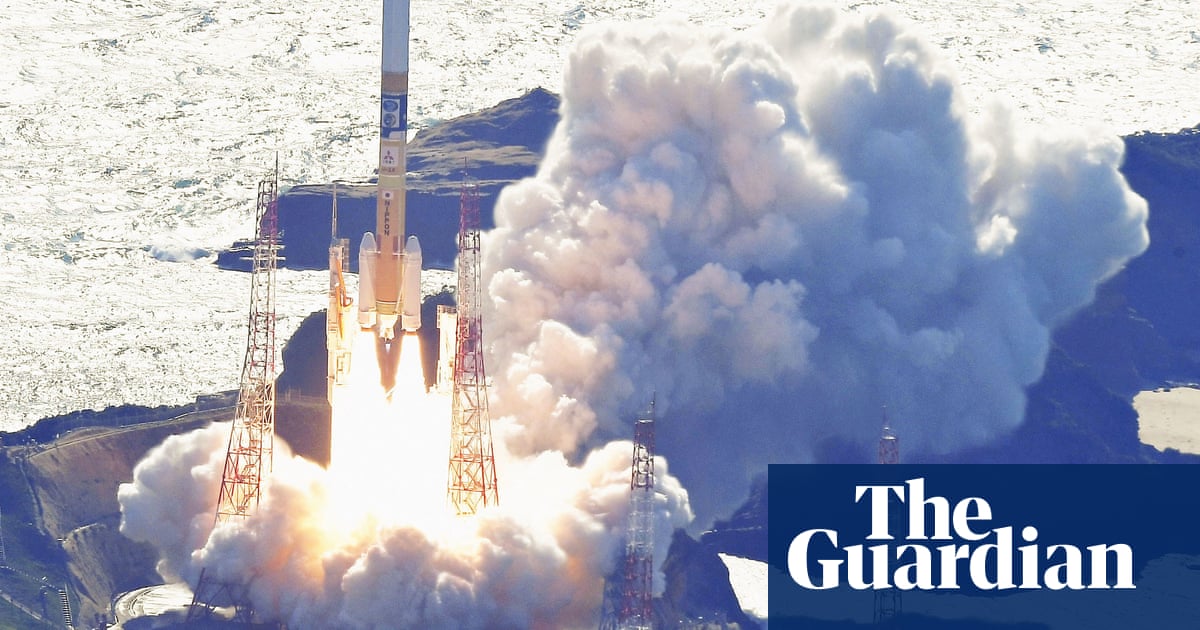
Japan is on final approach to become only the fifth country to land on the moon, in what would be a reversal of fortunes as it attempts to join a global space race centred on unravelling the mysteries of the lunar landscape.
If all goes to plan, the Smart Lander for Investigating Moon (Slim) will begin its descent to the rocky lunar surface at midnight on Friday (1500 GMT) before touching down about 20 minutes later, according to the Japan Aerospace Exploration Agency (Jaxa).
The mission will determine if the spacecraft deserves its nickname “moon sniper” – a reference to its ability to land with unprecedented precision under notoriously difficult conditions.
Jaxa officials hope pinpoint technology will put the lightweight craft down less than 100 metres from a predetermined target on the moon’s surface – a dramatic improvement on previous missions, in which the landing zones measured several kilometres.
Success would mark a transition from an era of “landing where we can” towards one of “landing where we want” for future missions, Jaxa has said.
It would also add Japan to a short list of countries to have performed the feat – the US, the Soviet Union, China and India – and ease the disappointment of recent setbacks to its space programme.
In November 2022, Japan abandoned attempts to land the lunar probe Omotenashi on the moon; and in April 2023, a Japanese start-up aiming to become the first private firm to land on the moon lost contact with its craft after it made a “hard landing”.
Slim entered lunar orbit on Christmas Day, 110 days after its September launch, which had followed a failed lift-off in May and a second postponement in August due to bad weather. It is expected to land on a crater where the moon’s mantle – the deep inner layer beneath its crust – is believed to be accessible at the surface.
“The rocks exposed here are crucial in the search for the origins of the moon and the Earth,” Tomokatsu Morota, an associate professor at the University of Tokyo specialising in lunar and planetary exploration, told Agence France-Presse.
The mission could also examine how potential water resources might be harnessed to help build bases on the moon. The possibility of lunar commercialisation would depend on whether there is water at the poles, Morota said.
Jaxa landed a spacecraft on a speeding asteroid in 2019, but experts say the challenges are greater on the moon, where gravity is stronger.
The craft, whose attempted landing will be broadcast live, will have just one attempt to make a successful landing, meaning that precision will be key if it is to touch down on an area surrounded by rocks, which it will examine with a camera, Morota added.
Slim is equipped with a “rolling” robot – a spherical rover slightly bigger than a tennis ball that can change its shape as it negotiates the contours of the moon’s surface. Jointly developed by Jaxa and the Japanese toy maker Takara Tomy, the probe features in a video game Jaxa released online in which gamers are invited to make their own moon landing.
A successful mission would mark Japan’s involvement in a new era of lunar exploration, coming a few months after India became the first country to land an uncrewed craft near the moon’s largely unexplored south pole.
It has been 54 years since humans first set foot on the lunar surface – and the last crewed mission was in 1972 – but governments and private companies have never lost their fascination with Earth’s satellite, amid a strong belief among scientists that it has an accessible source of water.
But lunar missions are fraught with problems. A private US lunar lander last week failed en route after leaking fuel, and was expected to fall back into Earth’s atmosphere and burn up. Nasa has announced a delayed timetable for sending humans to the moon under its Artemis programme. Russia, China and other countries, including South Korea and the United Arab Emirates, are also planning missions.




